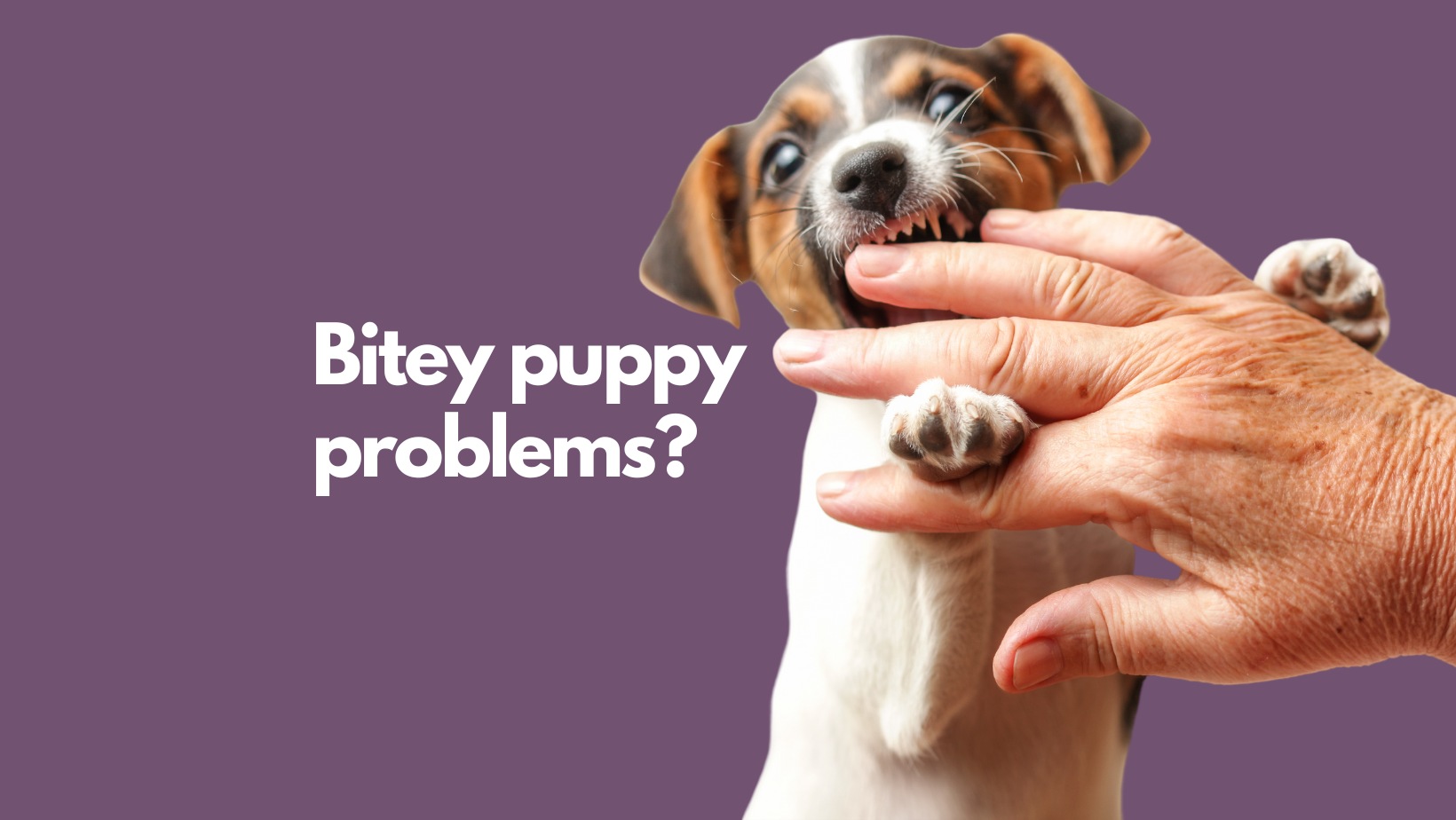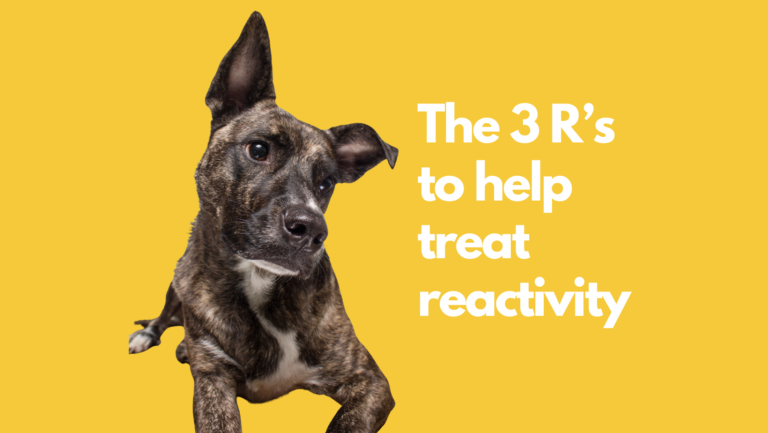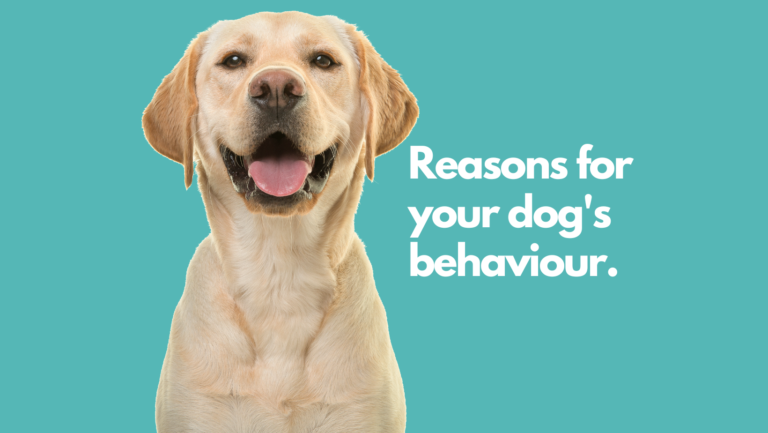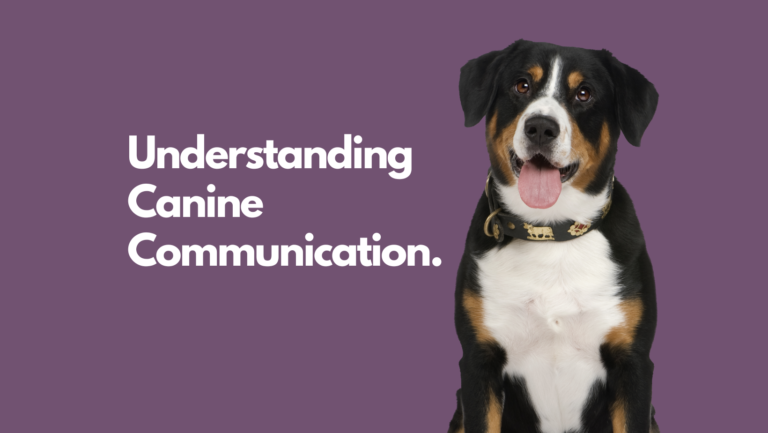Tips for your ‘bitey’ puppy

Is your little nibbler nibbling your hands, ankles, or pants…? if your answer is ‘Yes! Please help!’, then this post is for you.
Puppies are ‘bitey’ because they are:
1. Overexcited 2. Frustrated 3. Tired 4. Playing 5. Attention seeking 6. Teething
Puppies and dogs use their mouths to explore the world around them just like babies and toddlers. So, if your puppy sees something they will explore it by using their mouth. This is not so much fun if you are on the receiving end of those sharp piranha teeth. Some puppies get very excited and over-aroused when you reach out to touch or stroke them and they start to mouth, bite, and chew your hands or clothes. This is something we obviously do not want to encourage because it hurts and becomes a terrible habit! We need to train our puppies that when we touch them and stroke them it is not an invitation to play and bite our hands. We want them to learn that when we touch them it’s simply just to stroke them, to give them comfort and attention, as well as to help them calm down.
Remember everything is new for your puppy so when you are teaching him something be sure it’s done gently in a calm way. Don’t rush, and never just grab your pup (unless it is a life and death emergency and you have to grab him away from harm). In some instances, grabbing your pup when you are trying to call him can give him a fright which can teach him to avoid your hands. We want to teach your dog that your hands are ALWAYS safe.
Start by sitting on the floor with a treat in one hand.
Slowly reach out to touch your pup’s head, and as your hand makes contact with the top of the head treat immediately with your other hand before he moves to try and chew you.
Repeat until your pup is comfortable with your hand moving towards his head and touching him while getting treated at the same time. You ideally want to get to the point where your pup will not try nibble your hand when you try to touch him. After some practise over a couple of sessions he should begin to sit still when being touched knowing that being touched is the predictor of good things like a treat.
You are now going to get your pup comfortable to slow stroking gestures.
Sit quietly with your small soft treats at the ready.
You can also use a lick mat for this exercises. You may find it works easier than trying to stroke and treat at the same time. A lick mat is an enrichment toy that comes in different shapes and sizes and is usually made out of rubber or silicone. It has dents and grooves in it which you smear paste onto (e.g. peanut butter or dog tin food).
The constant licking generally helps calm the pup and is a great tool to use if you need to distract your pup. Using a lick mat can help create a positive association while the pup is getting used to being stroked.
Gently reach out to stroke your pup like you have practiced. As your hand touches your pup’s head, pause by resting your hand on his head for a second or two, and treat while he is doing nothing while your hand is on his head.
Practice that step a couple of times until you both feel comfortable.
Once you have gotten to this part you are going to reach out again to touch his head and then start to stroke from his head, down towards his shoulders to the middle of his back. While your hand is moving from his head to his back you must deliver the treat at the same time. You are rewarding the movement of your hand stroking your pup and him not trying to chew you
Remember biting is completely normal puppy behaviour. Unfortunately, what comes naturally to them is not what we like, nor what we want to encourage. It is important that you discourage biting behaviour by not engaging with it at all. This means the moment your pup mouths or bites you, you should immediately disengage by removing your hands, folding your arms, and standing up, and not responding to your pup for a couple of seconds. Do not yank or jerk your hand away as your pup may think it’s a game.
Another way of dealing with a ‘bitey’ puppy is to redirect the behaviour. As your pup starts to chase your feet, or bite your ankles calmly redirect your pup’s attention to a toy that’s close by. When the puppy has the toy in his mouth tell him that he’s good and encourage him to hold the toy. Your puppy can’t bite you if its mouth is full, and a toy is a better way of ‘filling’ its mouth.
If your pup picks up something valuable, happily call your pup and trade it for something else like a treat or toy as shouting or getting cross can cause you to become unsafe and unpredictable to your pup.
Manage your environment. Restrict and limit your pup’s access to items or places you don’t want it to go by closing the door, putting up a baby gate, or putting valuable items out of reach so that he doesn’t have the chance to chew them.
. Be patient, dogs behave naturally as they do for their species.
. Everyone in the house needs to be consistent so that your puppy learns to play with everyone appropriately, not just you.
DO NOT yell or smack your puppy. This will most likely scare your puppy which may make them afraid of you or make them play more aggressively.
. Provide your puppy with appropriate chewing outlets that are safe to nibble on. This will help with teething and will help reduce frustration, and destructive behaviours as well as potentially relieving mild anxiety, and boredom.
. Invest in a few different types of toys to find out what textures your puppy likes the most, and rotate the toys so that your pup never gets bored.
AVOID small toys that your pup could choke on and sharp parts that could cause injury and NO cooked bones.
The basic rule of training is… Do not respond to behaviours you don’t like. Take the opportunity to reinforce the ones you do like, and if you can’t ignore the behaviours you don’t like (biting you), then redirect that behaviour into something else more constructive and reward that instead.
Tags
What do you think?
Related Articles

The 3 R’s to help treat reactivity
Training your dog is not just about teaching them to listen and ‘fixing’ unwanted behaviours; it’s about creating positive associations with their environment and building

Reasons for a dogs behaviour
Dogs behave the way they do for many reasons. They do NOT do things deliberately to be stubborn or ‘naughty’, nor do they aim to

What is Dog Body Language?
Our canine friends have an intricate language of nonverbal communication known as body language. Body language is the way a dog uses his or her
